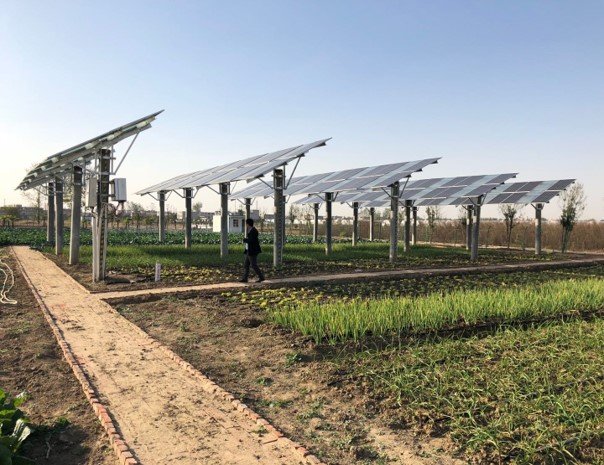Permitting issues for solar on agricultural land in Romania
The Romanian government has reportedly rejected almost all permit requests for large-scale solar projects. Law firm Vlăsceanu, Nyerges & Partners claims that the authorities are misinterpreting new rules designed to streamline the permitting process for small projects and support solar on agricultural land..
The Romanian PV industry faces serious issues related to permits for PV projects on agricultural land, as the Ministry of Agriculture and Rural Development (MADR) is reportedly rejecting installations spanning more than 50 hectares.
Mihaela Nyerges, partner at law firm Vlăsceanu, Nyerges & Partners, said that the Romanian government is misinterpreting legislative changes introduced in late June to support solar on agricultural land and ease the permitting process for small projects spanning less than 50 hectares.
“For months, these projects have been rejected by MADR,” she told pv magazine. “We are talking about several GW of mature projects for which the investment process started last year.”
The new rules allow PV, wind, biomass, bioliquid, biogas, storage projects, and transformer stations to be developed directly on extra-muros land under fertility classes III, IV, and V. Prior to their introduction, development was prohibited on such sites. The new rules also state that such land can be used for projects with dual uses, including power generation and agricultural activities.
“All requests submitted to MADR for the issuance of its prior endorsement were simply not responded to, most probably due to the absence of a legal provision supporting a negative response,” Nyergers said. “MADR immediately started to reject all requests received from the beginning of the year, for projects below and above 50 hectares alike. What is also striking is that there is simply no legal argumentation for such rejection.”
Nyerges noted that all projects occupying more than 50 hectares have now been completely halted.
“Such projects cannot follow the legal procedure designed for small projects because they do not fulfil the legal requirements for the application thereof and the procedure designed by the law for such big projects is denied by MADR,” she said.Projects applying for MADR endorsement are generally very mature projects, she said. The investment process for such installations was initiated at least a year in advance.
“The developers had already made significant financial investments in the projects, either by purchasing the lands or by committing to long-term superficies agreement,” Nyerges said. “The projects are in risk of losing the grid connection rights, as the grid connection permits expire if the building permit is not obtained within 18 months from the issuance thereof.”
As a consequence, Romania may limit large-scale solar to projects covering less than 50 hectares. Nyerges estimates that such projects would probably not exceed 42 MW in size.
“Connecting a PV project to the 400 kV transmission grid entails high connection costs that are not economically feasible for projects below 200 MW,” she said. “Considering also the limited available grid capacity in Romania, indirectly excluding from connection the 400 kV substations/lines restricts even more the connection options already very scarce.”
However, a growing number of large solar projects are now being developed in Romania, including what could become Europe's largest PV plant – a 1,044 MW solar project that was recently acquired by UK independent power producer Rezolv Energy. Developers also started working on other large-scale PV projects after the government introduced more favorable rules for power purchase agreements in May 2020. They include a 111 MW solar project by OMV Petrom, a 700 MW solar project in the municipalities of Grăniceri and Pilu, and another 310 MW solar array under development by CE Oltenia.

